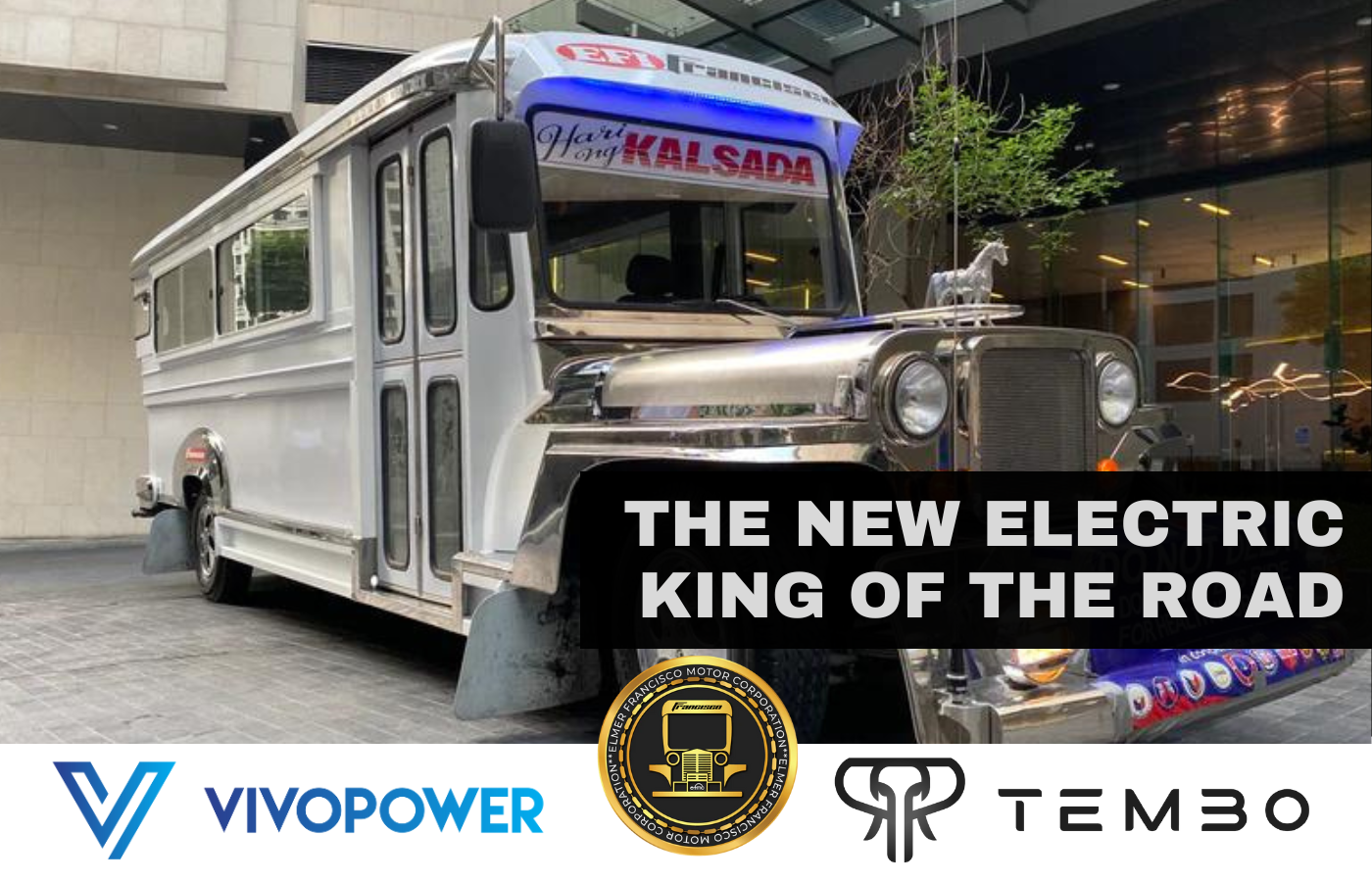Make The Most Of Direct Exposure with Transit Advertising Philippines
Make The Most Of Direct Exposure with Transit Advertising Philippines
Blog Article
Understanding the Duty of Transit Advertising in Enhancing Brand Name Visibility and Consumer Involvement
Transportation marketing has arised as a critical aspect in the advertising landscape, providing distinct chances for brand names to elevate their visibility and engage consumers properly. With the ability to get to a varied and captive target market during their everyday commutes, these advertising approaches are not merely regarding visibility; they have to do with producing meaningful connections with possible clients. As we check out the complex advantages and innovative techniques within transportation advertising, it ends up being necessary to take into consideration just how these aspects jointly affect customer perception and habits, questioning about their long-lasting influence on brand loyalty.
Definition of Transportation Advertising
Transportation advertising and marketing describes the practice of advertising items, services, or brand names with promotions put in and around mass transit systems. This kind of marketing encompasses a range of placements, consisting of posters on trains and buses, digital screens at transit stations, and wraps on the exterior of automobiles. It aims to get to a diverse audience, exploiting on the high foot website traffic related to public transit.
Transit marketing is purposefully positioned to record the attention of commuters, that usually spend significant time waiting or traveling. By incorporating advertisements right into the daily routines of individuals, brands can create a long-term perception and foster brand recognition. The medium is specifically reliable in urban atmospheres, where mass transit is a primary mode of travel.
Furthermore, transit marketing can assist in local targeting, permitting organizations to reach particular demographics based on transportation paths and station places. As city populations grow and making use of public transportation increases, this advertising approach has acquired prominence as a vital component of integrated marketing techniques. The dynamic nature of transit advertising, combined with its ability to involve customers in a captive atmosphere, highlights its value in contemporary advertising and marketing methods.
Benefits of Transit Advertising And Marketing
The efficiency of transportation advertising and marketing exists in its ability to deliver a wide variety of advantages to brands seeking to improve exposure and involvement. One of the key advantages is the considerable reach it uses; transit ads can efficiently target varied demographics throughout city locations, reaching both pedestrians and travelers alike. This wide exposure dramatically boosts brand name awareness.
One more advantage is the high regularity of impacts. As transit lorries take a trip along well-known courses and quit at multiple places, they produce recurring exposure that strengthens brand name messages. This frequency promotes familiarity, which is vital in consumer decision-making.
Transit advertising and marketing is also affordable compared to various other media platforms. Provided its large reach and potential for high impressions, brands usually experience a reduced cost per thousand impacts (CPM), optimizing their advertising and marketing budget.
Additionally, transit ads can produce a feeling of area link. By lining up with regional transportation systems, brand names can reverberate with local target markets and promote a sense of neighborhood satisfaction. This local strategy boosts brand commitment and interaction, making transportation advertising and marketing a compelling selection for companies aiming to strengthen their presence on the market.

Efficient Approaches for Transit Campaigns
To maximize the influence of transit campaigns, brand names ought to take advantage of tactical planning and execution customized to their target market. Initially, determining the demographic features of the target market utilizing public transit is vital. This allows brand names to produce customized messaging that reverberates with possible consumers.
Following, picking the ideal transportation tools is important. Whether utilizing bus wraps, metro posters, or digital displays, each tool has one-of-a-kind advantages that can improve presence. As an example, lively visuals on bus covers can stand out, while electronic ads can be updated often to mirror prompt promos.
Additionally, incorporating a natural branding strategy throughout transportation systems makes sure consistency and reinforces the brand name's identity. Making use of unforgettable taglines and captivating styles will certainly enhance brand name recall amongst commuters.
By using these techniques, brands can successfully harness the capacity of transportation advertising, promoting better recognition and connection with their target audience. Eventually, a well-executed transportation project can drive significant development in brand name visibility and consumer interaction.

Gauging Effect and Engagement
In evaluating the efficiency of transportation marketing campaign, exact measurement of influence and interaction is necessary for brands seeking to optimize their advertising and marketing approaches. Metrics such as reach, frequency, and impressions give foundational information to evaluate visibility. Examining these elements aids figure out how several prospective customers are revealed to the ads during their everyday commutes.
Engagement can be more assessed with consumer interactions, such as internet site traffic, social networks discusses, and straight feedbacks to calls-to-action visit site included in the ads. Using tools like QR codes or unique URLs can facilitate tracking of consumer habits directly linked to transportation projects. Surveys and feedback devices additionally offer as important approaches to gather qualitative data on consumer understandings and recall of the ad.
Moreover, progressed analytics and attribution models can correlate transit direct exposure with succeeding investing in behavior, using understandings right into the return on investment. By utilizing a you can check here comprehensive method that integrates qualitative and quantitative procedures, brand names can create a nuanced understanding of their transit advertising effect. Eventually, this data-driven approach enables brand names to refine their campaigns, ensuring they resonate properly with target audiences and improve general brand visibility.
Situation Research Studies of Successful Campaigns
Successful transit ad campaign function as compelling examples of how reliable techniques can raise brand presence and engagement. Transit Advertising Philippines. One noteworthy case is the "I Love New york city" project, which changed the city's picture and drew in countless vacationers. By using train ads, billboards, and bus wraps, the campaign developed a solid, cohesive brand name identification, causing a substantial uptick in tourist and regional company patronage
Another excellent campaign is Coca-Cola's "Share a Coke" initiative, which leveraged transportation marketing to customize the brand name experience. By including popular names on advertising materials across various transit platforms, Coca-Cola fostered a much deeper emotional link with customers, encouraging them to share their experiences on social media sites.
Furthermore, the "Got Milk?" campaign effectively utilized public transportation advertisements to reach a wide audience, strengthening the message of the significance of milk in a balanced diet plan. The project saw a measurable rise in milk usage in target demographics.
These instance studies highlight that when performed thoughtfully, transportation marketing can significantly boost brand presence, foster consumer engagement, and drive quantifiable outcomes, demonstrating its crucial role in contemporary advertising and marketing methods. - Transit Advertising Philippines
Verdict
In conclusion, transportation advertising and marketing offers as an essential device for improving brand name exposure and promoting consumer engagement. Ultimately, the capability to measure engagement and evaluate successful case researches emphasizes the performance of transportation advertising in driving brand loyalty and consumer communications.
Transportation marketing has emerged as a crucial component in the marketing landscape, supplying special opportunities for brand names to raise their visibility and engage customers properly.In addition, transportation advertising can facilitate local targeting, enabling businesses to get to straight from the source certain demographics based on transit courses and terminal locations.In evaluating the performance of transit advertising projects, accurate dimension of effect and engagement is important for brand names seeking to maximize their advertising techniques.Effective transit advertising and marketing projects offer as engaging examples of exactly how efficient strategies can boost brand visibility and involvement.In final thought, transportation marketing offers as a crucial tool for improving brand name presence and promoting customer engagement.
Report this page